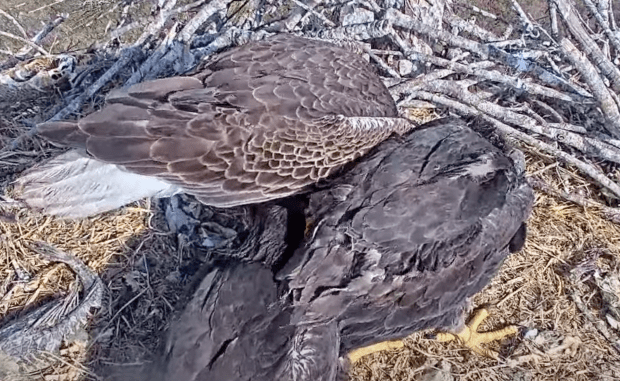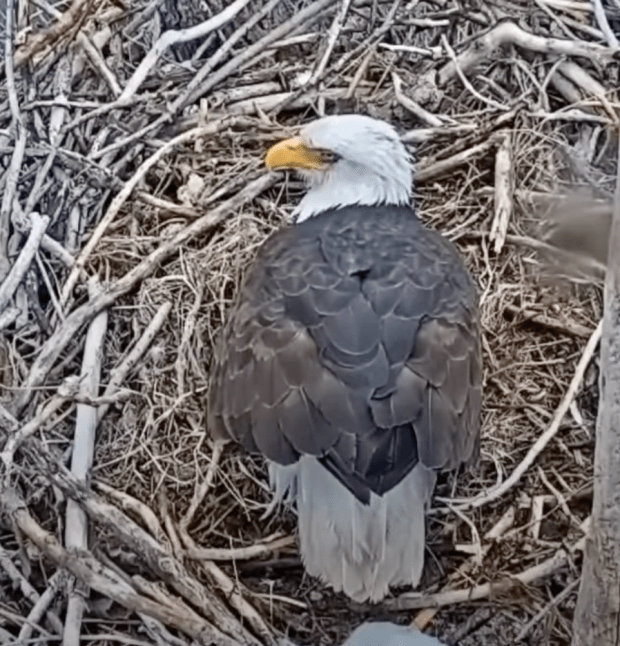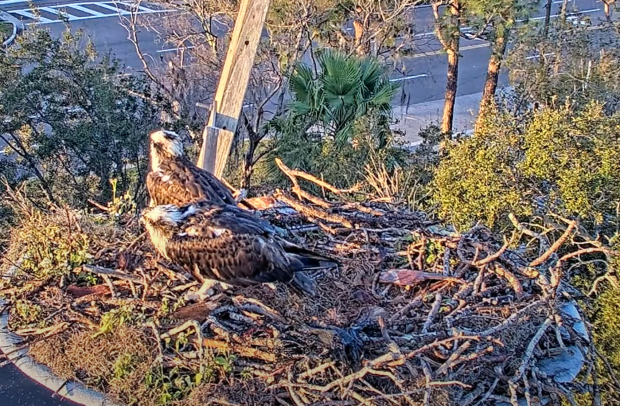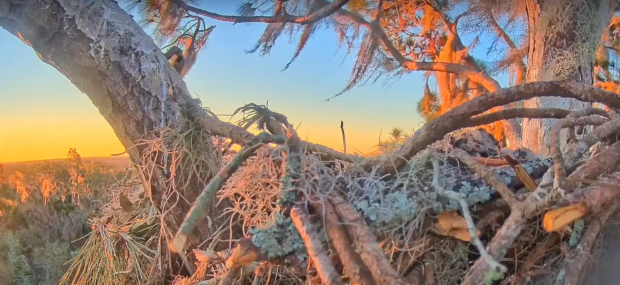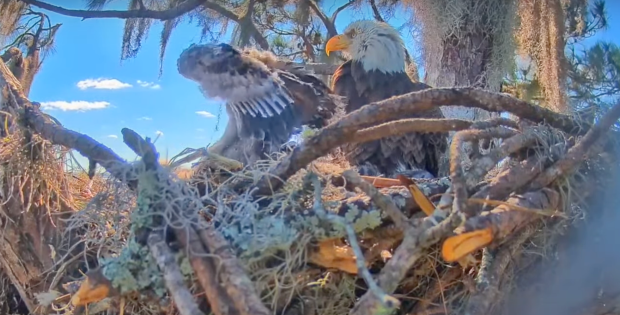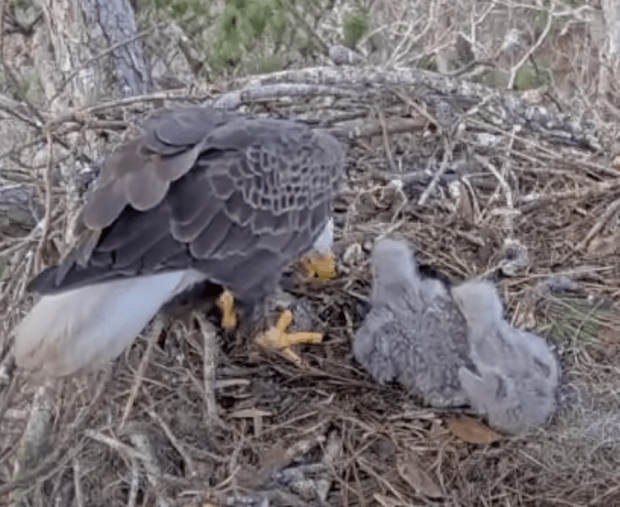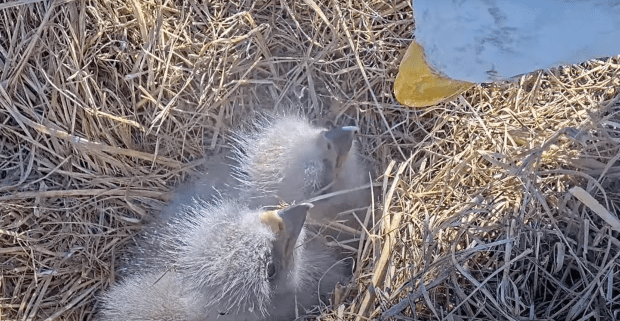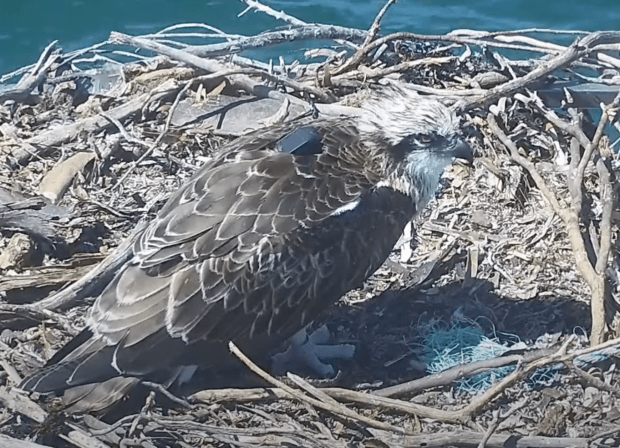30 January 2024
Hello Everyone,
Oh, goodness. It might as well be summer in Winnipeg – it sure feels like it at +3 C. Snow is melting, the sand and salt mixed with it for driving are really gross when this happens, and we have no idea what boots or coat to wear anymore. The children were squeeing like E23 as they rode their toboggans/sleds down the big ramp onto Devonian Lake at Ft Whyte this afternoon. It was marvellous. The smell of spring in the air (it is just teasing us – have no fear, winter is still here) was invigorating.
It was a lovely walk at the nature centre. I am reminding myself that the geese will be returning the middle of April and all of these shades of grey will be green. Beautiful green.



On the way home I was tempted to pick up a small bundle of tulips, but, thankfully checked and tulips are highly poisonous to cats. That would not do at all. I think flowers would not be safe anyway – not with Hugo Yugo and Baby Hope tearing about.
Baby Hope is loving to be stroked on her back and always flops in the kitchen – first – even before Hugo Yugo – when it is time for breakfast. She is one of the most darling cats I have ever had the pleasure to share my life with.

Thanks to Auntie ‘R’s suggestion, Hugo Yugo will have no more stained eyes. Her wipes arrived this evening (after these photos).
Hugo Yugo is getting ready to pounce on Hope. Look at those claws – and for such a little thing!


These two play ‘Who is the Queen of the Cat Tree’ all day long.

Size does not seem to matter. You will notice Baby Hope’s big strong legs and feet -just like that Dadpa of hers. Hugo Yugo wins about half the time – she does it through speed and persistence.

Missey took a clue from Calico and decided to sleep in a pile of blankets instead of entering the battle of the tree with those two.

There has been a wonderful sighting in The Gambia of two Rutland fledglings from 2022.

If you have been confused about whether there is 1 egg or 2, 1 hatch or 2 at the JB Sands Wetlands area, you are not alone. We know there is at least one hatch and it appears that there are two! The dates are inconsistent but what matters is this – two healthy eaglets being fed. Watch for that!

Definitely feeds and Dad on the nest quite a bit. I have only been able to see one head, but there is that metal support in the way. There could be a second behind it!


There are two of them! Observers had written that they had observed bonking, but I got my first sight of the pair this evening.

If you go to the web page, you can hear a recording of the eaglet – very clearly – from the nest. I should point out that some of the information on that site is frustrating. How do they know how old the eagles are? Are they sure? They are not banded? The dates of the hatch and the number of eaglets have been confusing. Thanks ‘AE’ and ‘MP’.
Finally, here’s a great news story where the Ospreys won. Thanks, Geemeff. A festival has lost its site due to breeding Ospreys and this time, I am told that there are too many watchers so that any fears of their nesting site being disturbed should dissipate. The watchers are on it!
Marri is still flying around the scrape on the campus of Charles Sturt University in Orange, Australia. This is fabulous news. Gosh, Marri looks like a super strong flyer.

Shadow needed to see if there was a second egg! They are certainly having a discussion!
If you missed it, the tandem feeding by M15 and F23 for E23 resulted in one HUGE crop!
This is why Barb Henry wants a slower speed on the roads in front of the nest of M15 and F23. Can you sign her petition? The name is in bold below. Do a search on change.org

The two eggs of Olive the Hummingbird have hatched. They are named Dusk and Dawn. When will they fledge? Here is the link to their camera!
Olive is the most famous Allen’s Hummingbird in the world because of the streaming cam. ”Allen’s Hummingbirds coppery orange and green overall. Adult males have a coppery tail, eye patch, and belly that contrasts with their bronze-green back and deep reddish orange gorget. Females and immatures are bronze-green above with paler coppery sides. They both have bits of bronze spotting on their throats, though females have more spots and a small patch of reddish orange in the center of the throat.” (All About Birds)
“Allen’s Hummingbirds sip nectar from flowers such as bush monkeyflower, Indian paintbrush, columbine, currant, gooseberry, twinflower, penstemon, ceanothus, sage, eucalyptus, and manzanita. They get their protein by capturing small insects in midair or picking them off plants.” (All About Birds)
We should be concerned about these beautiful hummers. ”Conservation. The biggest threat to the Allen’s Hummingbird is habitat loss within its limited range. Partners in Flight considers it a species of concern, as its population decreased by 83 percent between 1970 and 2014.” (American Bird Conservancy)
Missey and Pa Berry have been making restorations to their nest on the grounds of Berry College in Georgia. Their two eggs for 2024 failed. Will they lay a second clutch? There is not much hope, but the eagles can fool us.
HeidiMc gives us a glimpse at the first fortnight at the WRDC nest for R6. You can find it by searching on YT for Dade County Eagles: ‘R6’ – The First Two Weeks. Sorry, I cannot post it here. Here are three screen snaps from her video:



Poor Gabby. She is still incubating. I wonder if she knows that Beau did not stay on the nest when she was gone for 25 hours? Samson certainly stayed for much longer and the eggs hatched. Just wondering.


E23 continues to be well-fed and thrives. The nest is a marvel, and the eaglet is well camouflaged. Tucked tight under Mamma F23 Monday night.




We get a glimpse of the two eggs at Big Bear when Shadow delivers fish – and on Monday, he delivered two for Jackie! I am watching. They are set to get rain and snow, but will they get as much as some parts of NE California that are expecting atmospheric rivers?
Precious diamonds on our beloved Jackie as she tends those two delicate eggs.



At Port Lincoln, Gil got the first fish of the day. It was a large whole one from Dad that came in at 0644. Brad was on the nest, but did not attempt to interfere. Gil ate every last flake – it took him 49 minutes!

More fish came in for both lads…and yes, Bradley did get some decent fish!


It is something no one was talking about. Lou. Lou has been missing from The Campanile since the 5th of January. Everyone at Cal Falcons hoped this marvellous male would return to Annie, but it now appears that is not going to happen. She is bonding with a new male. Poor thing – she has been through so many mates over the last four years. Lou. Alden the wonder who came and saved the eggs. And, of course, beloved Grinnell. We must assume that the life of a male in this territory can be quite short – whether it is through hunting accidents, territorial disputes with other males, or the current spate of HPAI. Dear Annie. We hope you get a good one that is here for years to come.
This is the current statement by Cal Falcons:
“Alright, after a long, very quiet period on the tower, we have some happenings to report:
– Lou was last seen at the tower in early January.
– Annie has been less frequent on camera for the past few weeks as well
– In the past couple of days, we’ve noticed that Annie has been “chatting” with someone offscreen.
– This other falcon showed up on cam for the first time today. It is definitely not Lou.
– The new male today spent time in the nest box and hanging out near Annie leading up to…
– Copulation for the first time this year!
Looks like the next breeding season is abruptly kicking into high gear. We expect that we will see more courtship behaviors over the next few weeks before eggs being laid in early March.
As for Lou: there’s still a chance he may show back up. We don’t know he’s gone, but it certainly was not a typical time for a male falcon to leave the territory willingly. There are a number of reasons to see territory turnover, including being displaced through competition.”
Raptor populations are still experiencing relatively high mortality from Avian Influenza. It is certainly possible that Lou, like several other Peregrine Falcons in the Bay Area, contracted that disease. For more info check out this Q&A from last year: https://www.youtube.com/watch?v=Gg_WbObYi7g”. Thanks SKHideaways.
HPAI has had devastating effects on chicken farmers in California- these are just the newest figures.
HPAI has now hit the Penguins in Antaractic. This could be horrible as it is so contagious.
“Researchers have previously raised alarm about “one of the largest ecological disasters of modern times” if bird flu reached remote Antarctic penguin populations. The birds are currently clustering together for breeding season, meaning the disease could rip through entire colonies if it continues to spread through the region.
King penguins are the world’s second-largest penguin, at about 3ft tall, and can live for more than 20 years in the wild. The suspected case was recorded on South Georgia island in the Antarctic region, according to the latest update from the Scientific Committee on Antarctic Research (Scar). A gentoo penguin was also suspected to have died from H5N1 at the same location.”
As I was writing about the more recent reports of HPAI, I was simultaneously recalling my reporting of the two White-tail Eaglets dying in the nest in Estonia. Dr Thijs Kuiken, Professor Virology, from the University of Erasmus in Rotterdam got in touch – he wanted the findings from the necroscopy and wondered if I had the contact information for the vet doing the necroscopy. I did and sadly, yes, it was HPAI. HPAI normally occurs in the fall, not in new hatchlings in the spring. This was terrible news. Then we have the cases in Eastern Canada and the rest is history. As one friend says, ‘What a mess we have made.’
Bird Flu explained in simple language by Dr Kuiken:
Eagles have been at the US Steel nest. The camera panned around to the river. It looks high to me.

Cal and Lusa were again well-fed at the Captiva Eagle nest. For a bit, I worried..and then the fish came on the nest. Cal ate more form the first bit but the second feeding came from a really large fish and all is well for Lusa, too.
Notice how dark C10 and C11’s plumage is today. Then look at E23 who is just starting to get the juvenile feathers on its back.



Still waiting for that egg at Moorings Park.

Cornell wants to remind you to please take part in the great bird count that is coming up in a fortnight.


World Bird Sanctuary is asking everyone to support the ban on lead ammunition and any other lead in sporting equipment. There have been far too many patients suffering – and they are only one wildlife rehabilitation centre. Please support petitions banning lead and take the time to write to your state and federal or Provincial and federal representatives in both the US and Canada.


Want to know what the effects of lead poisoning are? Have a read.
Thank you so much for being with me today. Please take care! See you soon.
Thank you to the following for their notes, screen captures, videos, articles, posts, and streaming cams that helped me to write my blog today: ‘A, AE, Geemeff, H, J, MP’, Tom Fleming, JB Sands Wetlands Eagle Cam, Wales Online, Helen Matcham, Cali Condor, Lady Hawk, Olive’s Streaming Cam, Berry College Eagle Cam, Heidi Mc, NEFL-AEF, SW Florida Eagle Cam, PLO, Bart M, SK Hideaways, Cal Falcons, The Guardian, Thijs Kuiken, PIX Cams, Window to Wildlife, World Bird Sanctuary, Moorings Park, Cornell Bird Lab, and the National Library of Medicine.




















